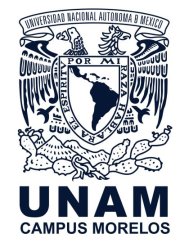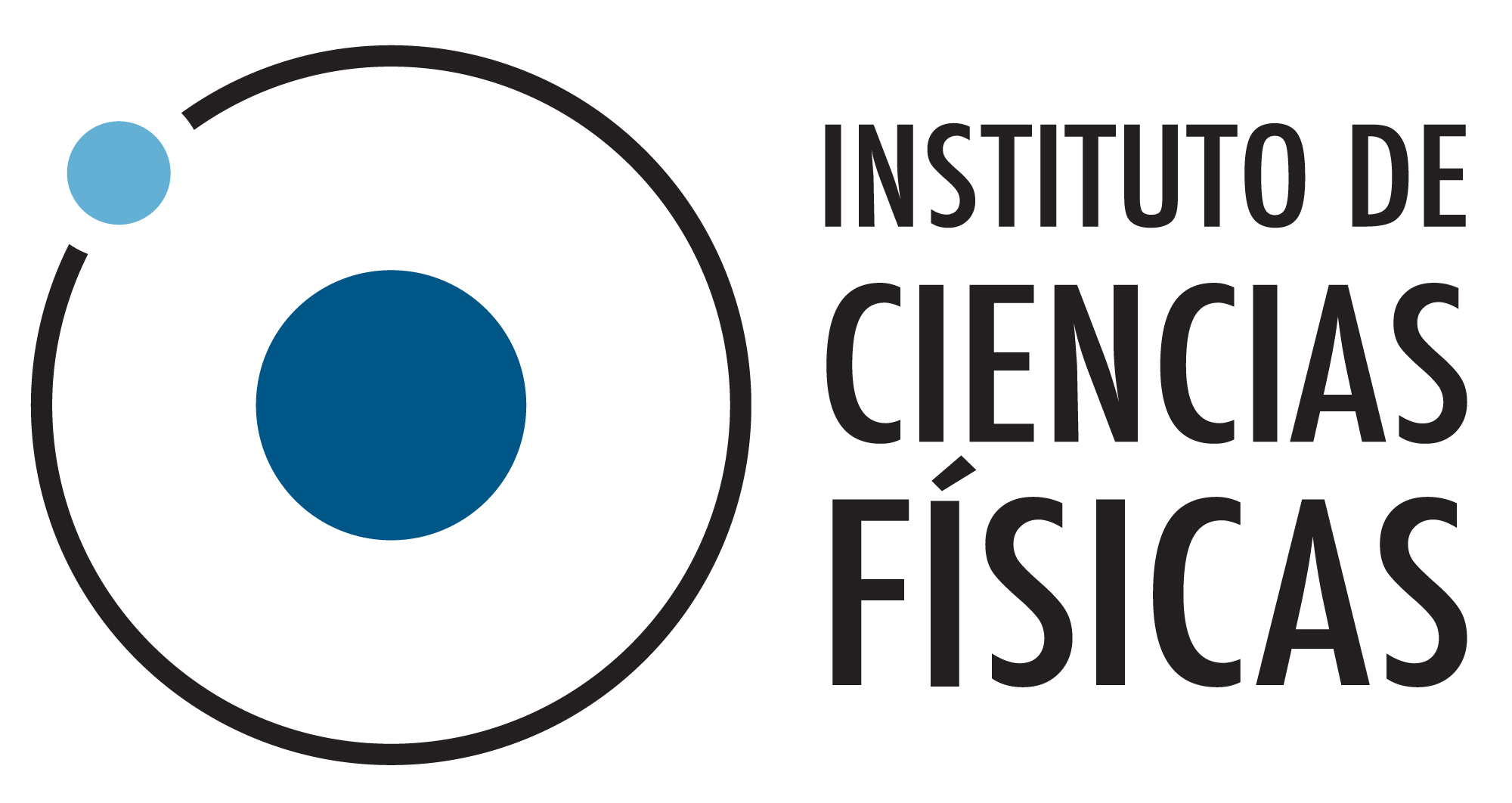Max Aldana
Pairwise decomposition of multi-component perturbations
In several cases a big complex perturbation affecting a given dynamical system is composed of simpler perturbations that interact in a non-linear way. For instance, to treat some diseases a cocktail of several antibiotics is prescribed. Each antibiotic can be considered as a "simple" perturbation acting on the organism, and the complete cocktail is the big perturbation whose effect is not just the linear superposition of the constituent antibiotics acting separately. This is because the antibiotics, once inside the organsim, interact non-lineraly with each other and with the metabolism of the cell. Therefore, knowing the effect that each antibiotic, acting individually, has on the organism is not enough to predict the combined effect of the entire cocktail. The general question we would like to answer is: Under what conditions the effect of a multi-component perturbation can be predicted by knowing the effect of the constituent perturbations acting separately, or in pairs, or in triplets, etc? The very surprising answer is that, under very general conditions, it is enough to know the pairwise interactions between the constituent perturbations to predic the effect of the big multi-component perturbation.
|
Miguel Alonso
2D harmonic oscillators, quadratic mappings and caustics:
Understanding Gaussian beams in terms of rays.
|
Natig Atakishiyev
Kravchuk polynomials and irreducible representations of the rotation group SO(3)
We set forth that the Kravchuk polynomials of a discrete variable are actually
''encoded'' within appropriate finite-dimensional irreducible representations of the
group of rotations of three-dimensional space SO(3). Hence discrete irreducible
representation spaces of the group SO(3) can be naturally interpreted as finite
(discrete) versions of the linear quantum harmonic oscillator.
|
Luis Benet
On the location of Saturn's F ring
|
Roelof Bijker
Valence and sea quarks in the nucleon
The constituent quark model (CQM) describes the nucleon as a system of three constituent, or valence, quarks. Despite the successes of the CQM (e.g. masses, electromag- netic coupling, magnetic moments), there is compelling evidence for the presence of sea quarks from the measurement of the flavor asymmetry of the proton and the socalled proton spin crisis.
The aim of this contribution is to study two different extensions of the quark model, the unquenched quark model and the chiral quark model, at the level of toy models which may provide important insight into the properties of the nucleon.
[1] R. Bijker and E. Santopinto, Unquenched quark model for baryons: magnetic moments, spins and orbital angular momenta, Phys. Rev. C 80, 065210 (2009) [arXiv:0912.4494].
[2] E. Santopinto and R. Bijker, Flavor asymmetry of sea quarks in the unquenched quark model, Phys. Rev. C 82, 062202(R) (2010).
[3] R. Bijker, J. Ferretti and E. Santopinto, ss̄ pair contribution to electromagnetic observables of the proton in the unquenched quark model, Phys. Rev. C 85, 035204 (2012).
[4] R. Bijker and E. Santopinto, The role of valence and sea quarks in light baryons, Bled Workshops in Physics 14 (2013), in press.
|
Mark Dennis
The Poincaré sphere and Gaussian modes: variations on a theme
The Poincaré sphere, parametrizing optical polarization states (equivalent to the
classical 2D harmonic oscillator), and the family of Hermite-Gaussian,
Laguerre-Gaussian and Generalized Gaussian laser modes (equivalent to the quantum 2D
harmonic oscillator) are related by a SU(2)-compatible quantization procedure
reminiscent of quantum spin, which is well-established. I will describe this theme
from the viewpoint of optics. I will then discuss some generalizations, including
Clebsch-Gordan coefficients for Gaussian modes, the analogue for diffraction-free
beams based on the quantum pendulum, and briefly outline the connection to
Ince-Gaussian beams (separated in elliptic coordinates).
|
Jorge Flores
Variations on a theme by Lagrange.
In the present talk we analyze various modifications of a homogeneous chain of
harmonic oscillators, that Lagrange solved in his fundamental book. We analyze
defects in the chain, a binary chain, Wannier-Stark ladders, the Fibonacci series and
Anderson localization, all resulting for tri-diagonal matrices. Furthermore we
present experimental results in elastic rods.
|
Peter Hess
Advances in the non-perturbative treatment of QCD at low energy
A review is given on the recent advances of the treatment of QCD
at low energy, with the help of many-body methods based on group
theory. The QCD Hamiltonian is divided into two parts, the kinetic
one defining the scale and the one containing the SU(3) Coulomb
interaction. The kinetic part is diagonalized exactly and the new
basis is used for the diagonalization of the complete
Hamiltonian. The structure of the interaction term is discussed and possible solutions outlines.
|
Rocio Jauregui
Conserved dynamical variables for electromagnetic fields
|
Christof Jung
Understanding 3-dof chaos with the help of normally hyperbolic invariant manifolds.
We study a prototypical 3-dof chaotic scattering system depending on a perturbation parameter. For one limiting case the system has a conserved quantity and can be reduced to a 2-dof system. For the other limiting case the chaotic invariant set is completely hyperbolic and forms a dust. For the reducible case the dynamics of the Poincare map is directed by a normally hyperbolic invariant manifold ( NHIM ) and the 4-dimensional map can be understood as stack of 2-dimensional maps. As the perturbation sets in, for small values of the perturbation parameter the NHIM persists and only for larger values it turns into dust. An important tool for the study of the development scenario of the NHIM is the restriction of the Poincare map to the NHIM. It behaves like a 2-dimensional perturbed twist map.
|
Andrei Klimov
Discrete quasidistribution functions in the measurement space:
macroscopic limit of quantum fluctuations
We analyze the structure of quasidistribution functions of N qubit
system projected into the space of symmetric measurements in the
asymptotic limit of large number of qubits. It is discussed the
possibility of reconstruction of the Q-function in this 3 dimensional
space of symmetric measurements from higher order moments. Analytical
expressions for the projected Q - function are found for different
classes of both factorized and entangled multi-qubit states.
Macroscopic features of other discrete quasidistribution functions are
also discussed.
|
Francois Leyvraz
Modification and extension of Hamiltonian systems to isochronous systems
Various techniques are displayed that allow to modify a fairly general Hamiltonian in such a way as to make it isochronous, that is, such that all orbits are periodic with the same period. Typically one has families $H_\Omega(p, q)$ of Hamiltonians isochronous with a period $2\pi/\Omega$, such that the original Hamiltonian is recovered in the limit $\Omega\to0$. Various procedures to obtain this result are discussed, as well as some consequences when the initial Hamiltonian is taken to be one that has a chaotic dynamics.
|
Sofia Liberman
An Illustrated story of my research with Kurt Bernardo Wolf
The scientific community organizes its relations in a process of informal and formal communication. For the last 25 years our collaboration has produced a theory of scientific communication in which we have focused on the internal and external cycles of scientific communication. The inner cycle comprehends the informal communications in scientific face to face interaction, scientists spend much time in conversations about their work. Outer communications are the formal published records of scientific results exhibiting coauthorship described as bonds between scientists. From the establishment of contacts, the formation of invisible colleges and meetings attendance to publication, recognition, coauthorship and the establishment of institutionalized scientific societies the bonding of scientists plays a very important role in scientific productivity. Recently we have focused on the dynamics of independent, simultaneous scientific discoveries. Our collaboration is a recognized topic in the Psychology of Science.
|
Gustavo Lopez
Damping-Antidamping Effect on Comets Motion
We make an observation about Galilean transformation on a 1-D mass
variable systems which leads us to the right way to deal with
mass variable systems. Then using this observation, we study
two-bodies gravitational problem where the mass of one of the
bodies varies and suffers a damping-antidamping effect due to star
wind during its motion. For this system, a constant of motion, a
Lagrangian and a Hamiltonian are given for the radial motion, and
the period of the body is studied using the constant of motion of
the system. Our theoretical results are applied to Halley's comet.
|
Willard Miller
Wigner contractions, 2nd order superintegrable systems and the Askey scheme for orthogonal polynomials of hypergeometric type
We describe a contraction theory for 2nd order superintegrable
systems, showing that all such systems in 2 dimensions are limiting
cases of a single system:
the generic 3-parameter potential on the 2-sphere, S9 in our listing.
Analogously, all of the quadratic symmetry algebras of these systems can be
obtained by a sequence of contractions starting from S9. By
contracting function space realizations of irreducible representations
of the S9 algebra
(which give the structure equations for Racah/Wilson polynomials) to
the other superintegrable systems one obtains the
full Askey scheme of orthogonal hypergeometric polynomials. This relates
the scheme directly to explicitly solvable quantum mechanical systems.
Amazingly, all of these contractions of superintegrable systems with
potential are uniquely induced
by Wigner Lie algebra contractions of so(3, C) and e(2, C). This talk
concentrates on describing this intimate link
between Lie algebra and superintegrable system contractions, with the
detailed calculations presented elsewhere.
Joint work with E. Kalnins, S. Post, E. Subag and R. Heinonen.
|
Paulino Monrroy
Short time series analysis and econophysics
|
Carlos Pineda
Unitary circuits for strongly correlated fermions
We introduce a scheme for efficiently describing pure states of strongly correlated fermions in higher dimensions using unitary circuits featuring a causal cone.
A local way of computing local expectation values is presented. We formulate a dynamical reordering scheme, corresponding to time-adaptive Jordan-Wigner transformation that avoids non-local string operators. Primitives of such a reordering scheme are highlighted. Fermionic unitary circuits can be contracted with the same complexity as in the spin case. The scheme gives rise to a variational description of fermionic models not suffering from a sign problem. We present numerical examples on $9\times 9$ and $6\times 6$ fermionic lattice model to show the functioning of the approach.
|
Alexander Turbiner
Drama in $1/Z$ expansion.
|
Emerson Sadurni
On a recent realization of the Dirac oscillator with microwaves
In the last three years our collaboration has been able to reproduce a
number of results found in 2d materials, such as Dirac points and edge states in
graphene. A natural continuation of relativistic emulations with lattices is
provided by integrable Dirac equations, such as the Dirac oscillator. In this
talk I shall give our tight-binding construction of this system (Phys Rev Lett
111, 170405 (2013)), explaining its theoretical conception and its microwave
incarnation.
|
Thomas Seligman
Third Quantization for Bosons and Conjugate Hilbert Spaces
Third quantization in the case of Bosons leads to non-trace class operators.
This presents difficulties in identifying the space, where the matrix-operator staes live.
A hint that we deal with states equivalent to a separable infinite dimensional Hilbert space
was given in previous work. Here the corresponding measures for two conjugate spaces,
one for observables and one for quantum states, are constructed explicitely.
|
Vinayak
Wishart Models for Correlation Matrices
The Wishart model for symmetric or equal time correlation matrices has been remarkably useful in multivariate analysis of diverse complex systems. In this talk generalized Wishart models for symmetric and non-symmetric correlation matrices will be discussed. The talk will include some recent analytic results and discussions about the potential applications of such models.
|



